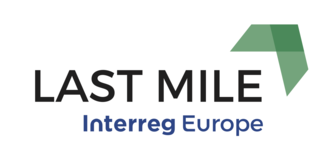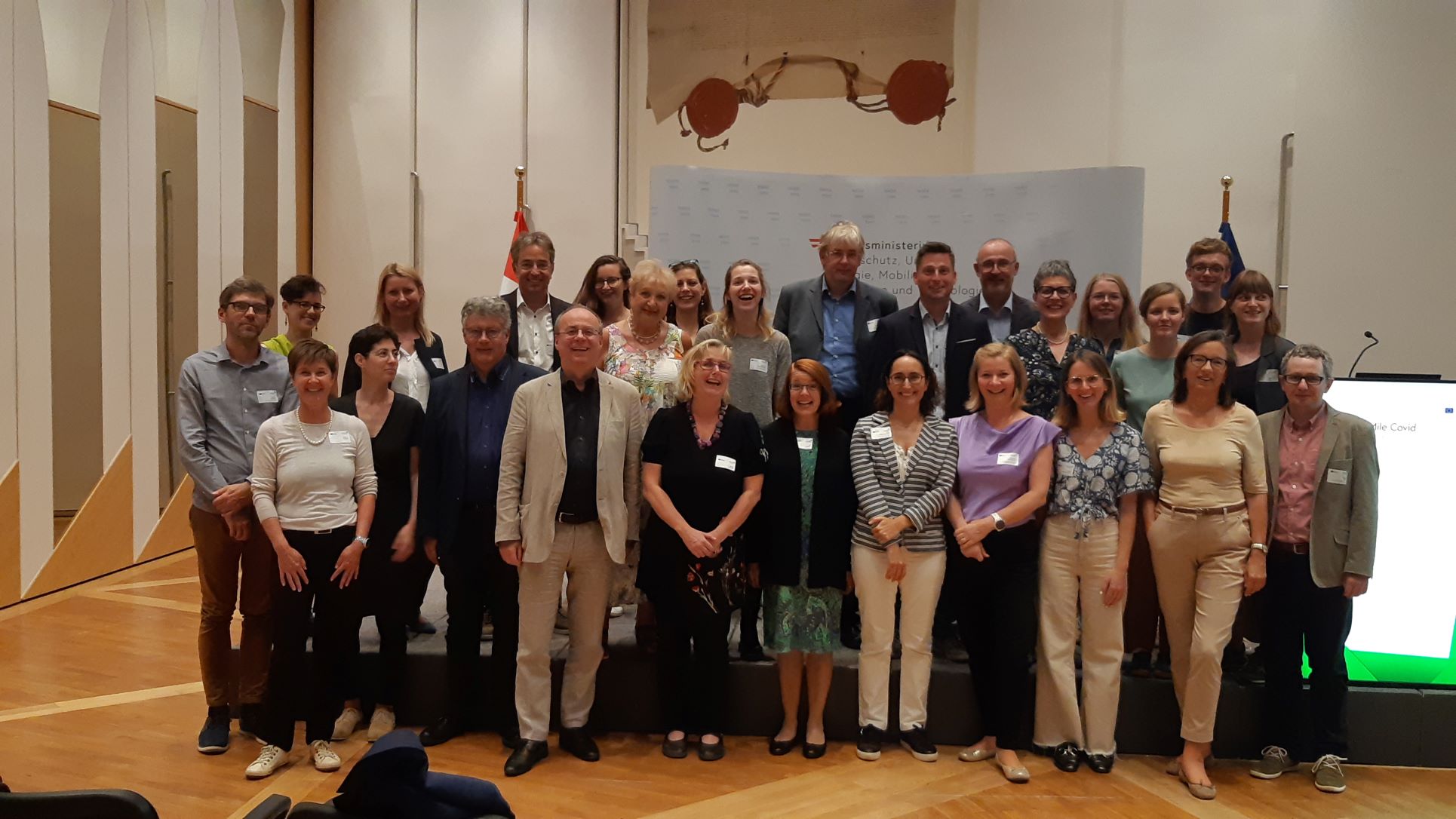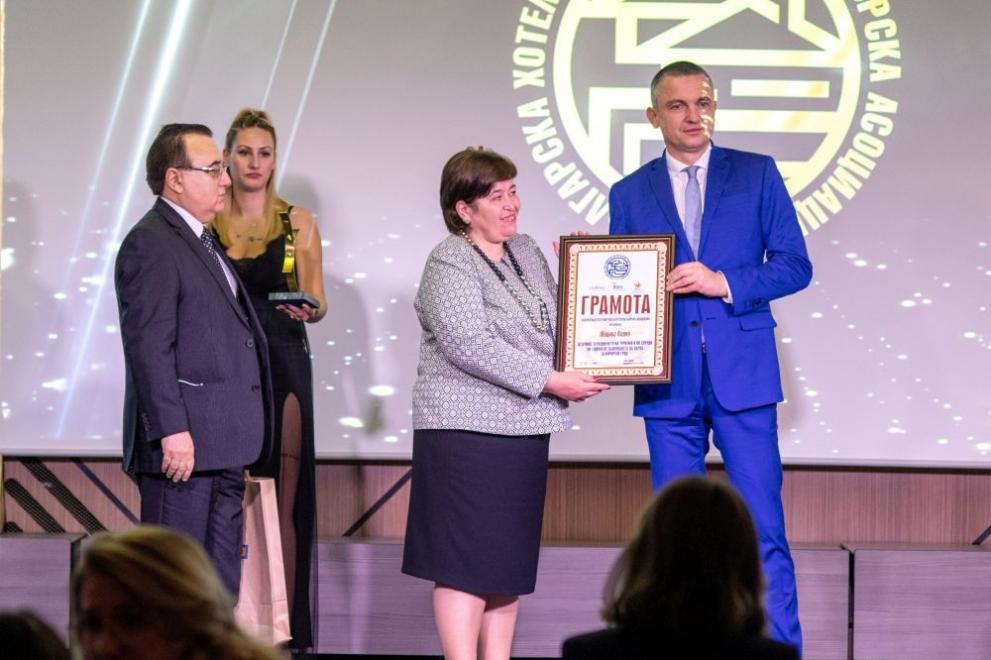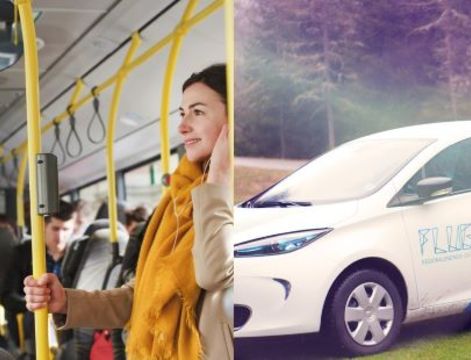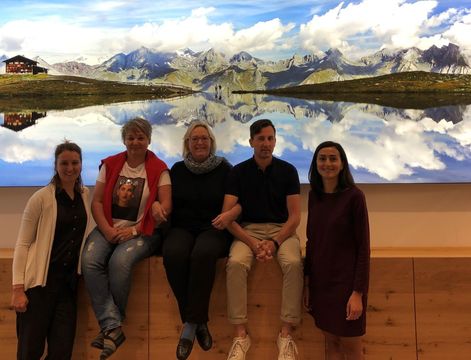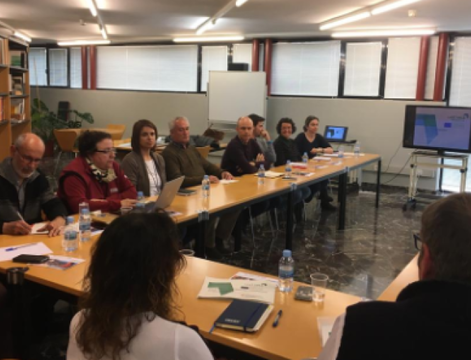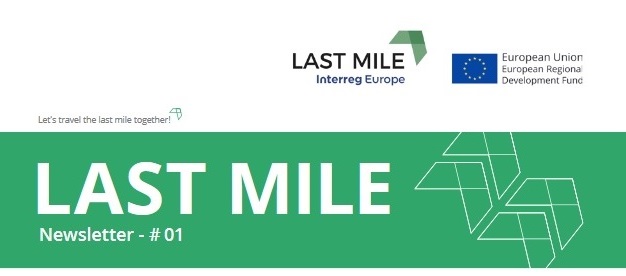During this online exchange, 6 partners from 5 different regions (AT, BG, ES, LU, SK) took part. The exchange was about the impacts of COVID-19 on the FTS in the different regions and on the possible solutions for the future. The main discussion points were how to restart PT and FTS, how to integrate FTS in tourism after COVID-19 and finally how to bring tourists back to sustainable modes of transport in the last mile. The outcome of the exchange was an interregional factsheet on the effects of COVID-19 in the different regions, the evaluation of Good Practices and the improvement of the existing policies. The meeting started with a brief introduction of the participating regions and their experiences with the effects of COVID-19 on the PT/FTS in respectively region.
The first to start was the East Tyrol region in Austria. One conclusion in this region was the decrease of the trip length during COVID-19 and the cancellation of most commuting due to homeoffice. The number of users of PT and TFS dropped, and FTS was partly stopped. Contrary to this, the number of users of e-carsharing increased.
The next presentation was about the Kosice Area in Slovakia. The number of local tourists increased and is expected to remain high for the upcoming years. Due to this demand, new regional seasonal train connections were developed and maintained by the national railway company. Beforehand, those regional and seasonal train connections were operated by a local NGO.
In the city of Varna, Bulgaria, the demand in public transport decreased a lot during COVID-19. They had 30% less passengers and 1,5 mio less mileages of the busses during this period. A new electric ticketing system was implemented to reduce the physical contact between drivers and passengers. The seasonal local transport for tourists by carriages pulled by horses became occasional because of the small number of tourists. Caused by lack of demand, the e-bike rental was suspended.
The National Park Aigüestortes in Catalonia, Spain, reached a new record of visitors in summer 2020, composed mostly by local tourists and a record number of users of the FTS. Digitalization measures for visitor management were implemented to inform visitors about the number of parking spaces available and about the FTS. Another new visitor record was reached again in summer 2021.
In the Upper Sure Region in Luxemburg, after a political decision in March 2020 the public transport service became free in the whole country, parallel to the start of the COVID-19 crisis. Thus, making it hard to tell which effects on the PT are to contribute on COVID-19 or on the change of the public transport system. A new register system was introduced to avoid crowds around the lake and people had to take a ticket to get access to the lake.
After this initial introduction, the room was divided in 2 breakout sessions. The first breakout session was for the regions which observed an increased use of the FTS and the second session for those which had a decreased use of FTS. Those sessions discussed the chances and risks of COVID-19 between FTS and PT, the estimated reasons for an increase or decrease in the use of FTS and which measure or behaviour will stay in the future.
An identified chance for the PT and FTS is the change in recreational activities toward more local and outdoor activities, so people rediscover their surroundings. A rise in the intramodality of transportation increases the offer of FTS. During the COVID-19 crisis, people preferred smaller vehicle with less people and e-carsharing was promoted, so more people used it, also for smaller trips. As elderly residents are an important group for FTS, the use of FTS decreased, as those preferred to stay at home in the height of the COVID-19 crisis.
As for the measure or behaviour to remain, the trend to outdoor tourism and sports, and the trend to local and domestic tourism is expected to remain. Also, the increase of active mobility is expected to remain. The digital invention will stay and be used in more cases, to inform the visitors and to regulate access.
To sum up, most of the contributions were optimistic and had the expectation that FTS will increase in the future. This, because the associated costs are less than for PT, foremost in off peak times. A major risk for FTS is the economic pressure on costs of energy and fuel which will probably lead to less revenues and therefore lead to a decreased offer in FTS.
Also, a lot of new operators appeared in the areas to satisfy the new mobility needs to cite sharing-systems for e-bikes and e-scooters as an example. But with those new operators and ways of transportation, a lot of new questions rise. Like where to use them, where to drive them, where to park them? Will it be possible to use PT with an e-bike or e-scooter?
A quick recovery to the use of PT and FTS to the level of 2019 is expected, but using PT and FTS is dependent from the restrictions and vaccination rate.
